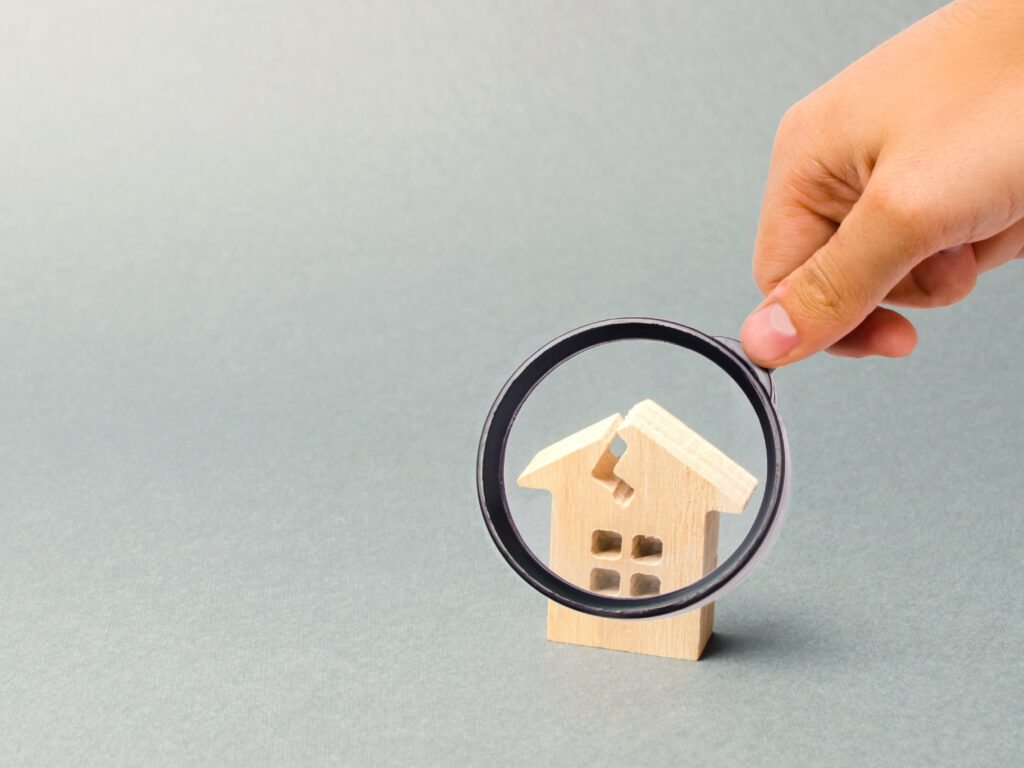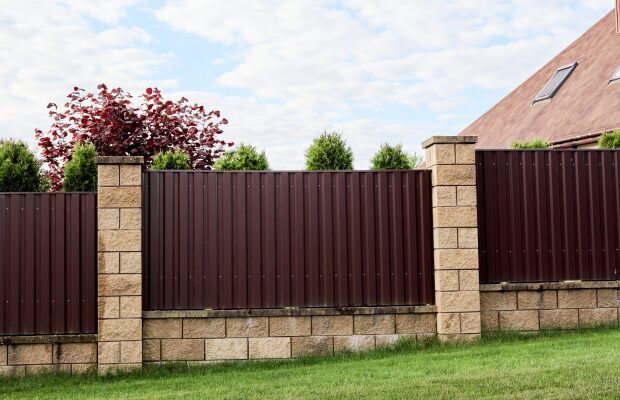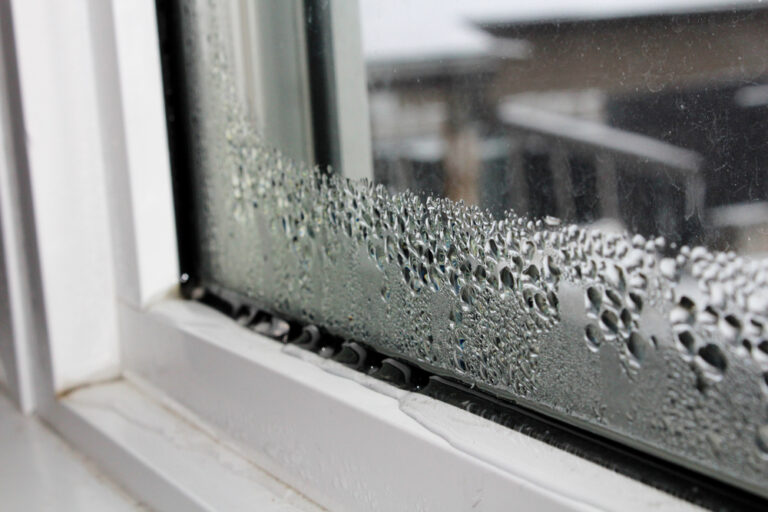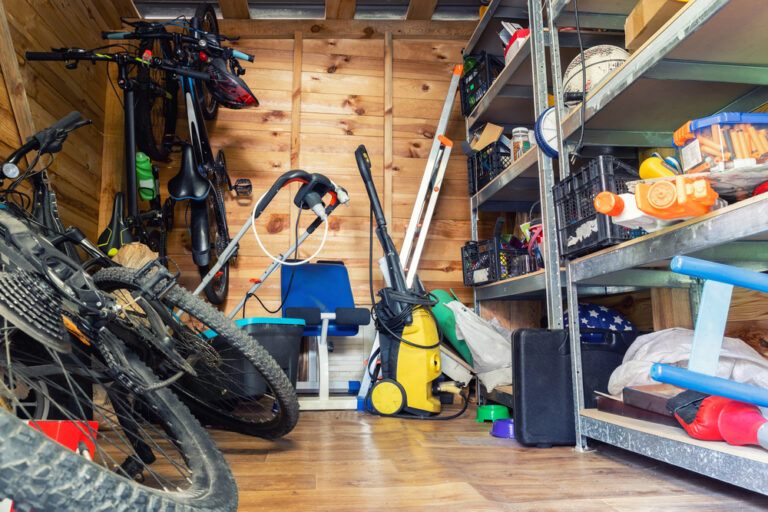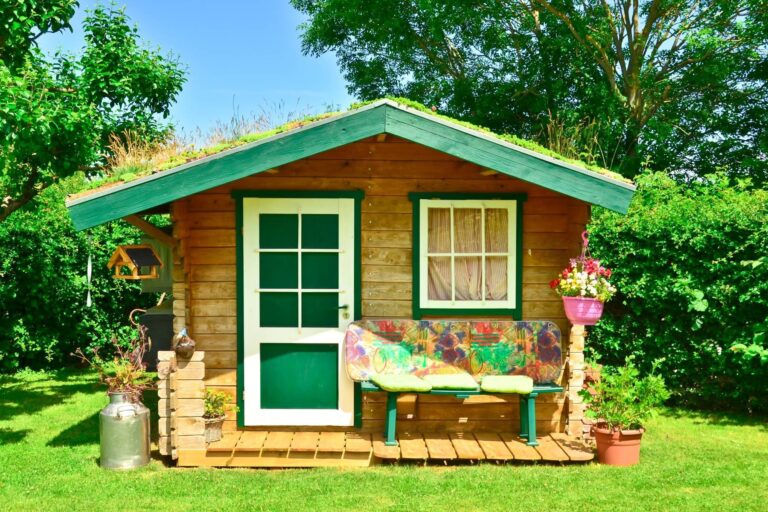You may have heard the term ‘underpinning’ when it comes to property.
But what does it mean, what does underpinning entail and should you be worried?
We’ll answer those questions and explain everything you need to know about underpinning here…
What does underpinning cost mean?
Underpinning is a construction method used to support buildings that have been affected by subsidence or other structural issues.
Subsidence is what happens when a property moves, and its foundations need to be repaired – underpinning is one method of repairing those foundations.
Why is underpinning required?
When soil within a property’s foundation moves, it affects that property’s support.
Once the support is weakened, the property may move and become unsafe, so underpinning is required to strengthen its structure.
Some buildings also require underpinning if another storey is being added as an extension, so the additional load of the property can be supported.
Different methods of underpinning
Depending on the extent of the problem, various underpinning methods can be used to support a property suffering with subsidence or structural problems.
1. Soil strengthening
Soil strengthening is generally a less costly procedure than other underpinning methods.
A special resin is injected into the ground, which replaces soil that has been eroded and moved away from the property’s foundation.
2. Mass concrete
Pits are dug below the property’s existing foundations and filled with concrete, which creates another foundation layer beneath the existing foundations.
3. Beam and base
Beam and base underpinning is similar to mass concrete, but uses a concrete beam below the existing footing that distributes the building’s weight on to concrete bases.
4. Screw piles and brackets
If more traditional forms of underpinning aren’t suitable for a property, screw piles are inserted deep into the ground as anchor points.
Supporting brackets are then attached under the foundation to level off the building’s structure.
How do you know if your house needs underpinning?
While major subsidence can cause a building to lean to one side, most signs of subsidence are slightly less noticeable.
Smaller cracks often appear in walls and around windows and doorframes when subsidence is an issue, and this could mean you property needs to be underpinned.
Other signs that your property could need underpinning include:
- Sloping floors
- Stuck doors and windows that won’t close
- Gaps in between bricks, doors, and window frames
If you’ve noticed any signs of subsidence in your home, the first thing to do is call out a structural engineer to do a full survey.
Structural damage to a property can be caused by several issues and isn’t always due to subsidence.
The cause could be:
- Expansion of soil, known as ‘heave’
- Landslip, which is the downward movement of sloping ground
- Settlement, which is soil compression from the weight of a building
- Subsidence, where the ground beneath a building sinks and the foundations go with it
Subsidence can be caused by trees, flooding, old mining land or generally poor ground.
How much does underpinning cost?
According to MyJobQuote, underpinning cost can range between £6,000 and £21,000, depending on the extent of the problem and level of work required.
There could also be additional costs such as replacing bricks and timbers damaged by subsidence, as well as internal decoration costs to repair wall and flooring damage.
Is it okay to buy a house that has been underpinned?
Buying a property that has previously been underpinned shouldn’t cause an issue with your mortgage, as long as a full structural survey reveals no further problems with the property’s structure.
However, you could face a higher premium for more specialist buildings insurance if the property has a history of structural issues.
How long does an underpinning guarantee last?
Many contractors will offer a guarantee for underpinning work, covering a certain period of time – usually a number of years.
However, most underpinning guarantees only cover against the original cause of subsidence and the underpinning work itself and not future issues.
Does underpinning devalue a property?
A property that has been underpinned could be worth 20% to 25% less, depending on the severity of the subsidence.
However, because underpinning stabilises a property, it can help guard against future subsidence issues – in some cases making it more stable than properties that haven’t experienced any subsidence problems.
Further reading…
Seven things estate agents look for when valuing your property
